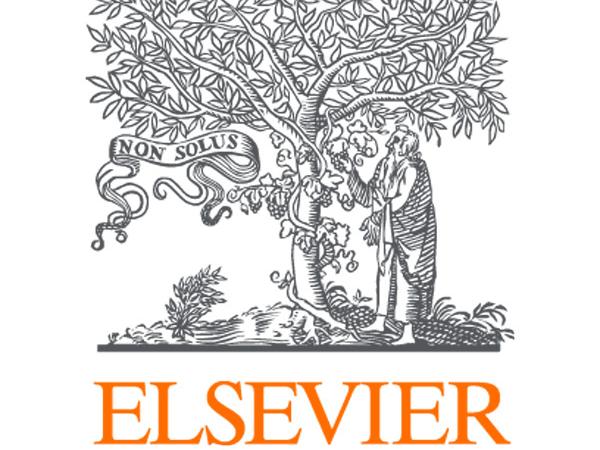
The evolving meaning of ‘corresponding authorship’ in research

In decades gone by, the duties of a corresponding author (CA) were clear. They communicated with the journal editor, declared any conflict of interest and were the point of contact for readers after publication. The position carried no additional sense of seniority or accountability for the paper than any other author listed in the byline. Crucially, there was usually one CA per paper. However, requests for multiple CAs per paper are rising. Could this indicate that corresponding authorship is no longer seen as simply a communications role, and how are publishers responding?
The rise of multiple corresponding authors
Traditionally, the role of CA was assumed by a senior researcher who had contributed significantly to a paper and had experience in submitting and publishing research. But the global count of first-time CAs more than tripled between 2000 and 2021, according to analysis of articles indexed in Scopus® by the International Center for the Study of Research at Elsevier. Notably, first-time CAs in 2020-21 already had more published journal articles to their name than those taking on the role for the first time 20 years before, see figure 1.

“For many, it was becoming an indication of seniority and leadership on the team, rather than a particular set of responsibilities, and that was leading to requests for multiple corresponding authors per paper,” recalls Emilie Marcus, executive strategy officer at the University of California, Los Angeles’ School of Medicine, and CEO of Cell Press from 2012 to 2018.
- THE Campus spotlight: Tips for success in academic publishing
- The ‘25 method’ for forming a writing routine when you have limited time
- THE podcast: pointers on writing and publishing for academics
Funding shortages and the growing complexity of global challenges have prompted a rise in interdisciplinary, large-scale consortia projects. In 2000-01, less than 1 per cent of articles had multiple CAs, but by 2020-21, this had risen to 10 per cent, with multiple CAs being more common when international collaboration was involved, according to Scopus® data.
Journals’ response to the evolution of corresponding authorship
Scott Edmunds, editor of GigaScience, found that, in the eight years following the launch of the journal in 2012, they “saw joint corresponding authorship increasing – in some cases, up to six were being nominated per paper”. In part, this was driven by financial incentives for researchers in China, but in early 2020, the Chinese government took steps to change this policy. GigaScience responded to the changing dynamics and introduced icons to recognise senior researchers in the author list and accept up to two CAs per paper.
But journal and publisher interpretations of the CA’s role vary. Only some require the CA to be the same person who submits the paper. The Institute of Electrical and Electronics Engineers requires both a contact author, who is the liaison during the peer review and production processes, and a CA, who is the contact featured in the printed publication. Nature indicates that CA duties end upon publication. Other journals communicate with all authors through the publication process, not just the CA.
Conflating corresponding authorship with research ‘leadership’
The lack of clarity around the CA role may lead to assumptions that impact research findings and policymaking. CA is used in some cases to imply, without clear justification, that author’s “leadership” of the research in analyses of multi-authored papers. In studies aggregated at the level of individual authors, universities and countries, this presents a danger that decision-making processes may be based on misleading findings.
Although the meaning of author name order differs by field, the last author is often a group leader or principal investigator. Since the CA was the last author in only a third of articles indexed in Scopus® in 2020-21, the CA cannot be considered a reliable signal of seniority. To more accurately and fairly recognise individual contributions, which is particularly vital for early career researchers, the CRediT (Contributor Roles Taxonomy) was introduced. Including a CRediT contribution statement in a manuscript is a way to share a detailed description of the diverse contributions to a published work.
When to assume the role of corresponding author
For researchers with the opportunity to assume the role of corresponding author, there are several considerations:
- Any author might assume the role of CA – it need not default to the most senior. Investigate the options available when submitting a manuscript: some journals offer multiple CAs.
- Is the role right for you? You may have more responsibilities throughout the peer review and publication process, with many researchers directing their questions or comments to the CA in the first instance.
- To avoid authorship disputes, authorship order and author roles should be agreed before submitting a manuscript.
- Specific roles associated with a publication can be captured in a contribution statement in a manuscript using CRediT.
Alison McIntosh is research evaluation assistant at Elsevier, working within the International Center for the Study of Research and a student at the University of St Andrews; Rachel Herbert is senior research evaluation manager at Elsevier, working within the International Center for the Study of Research.
If you found this interesting and want advice and insight from academics and university staff delivered direct to your inbox each week, sign up for the THE Campus newsletter.
Additional Links
To read more and discover ways in which a research institution could boost serendipitous discovery, read the following reports from the International Center for the Study of Research at Elsevier:



